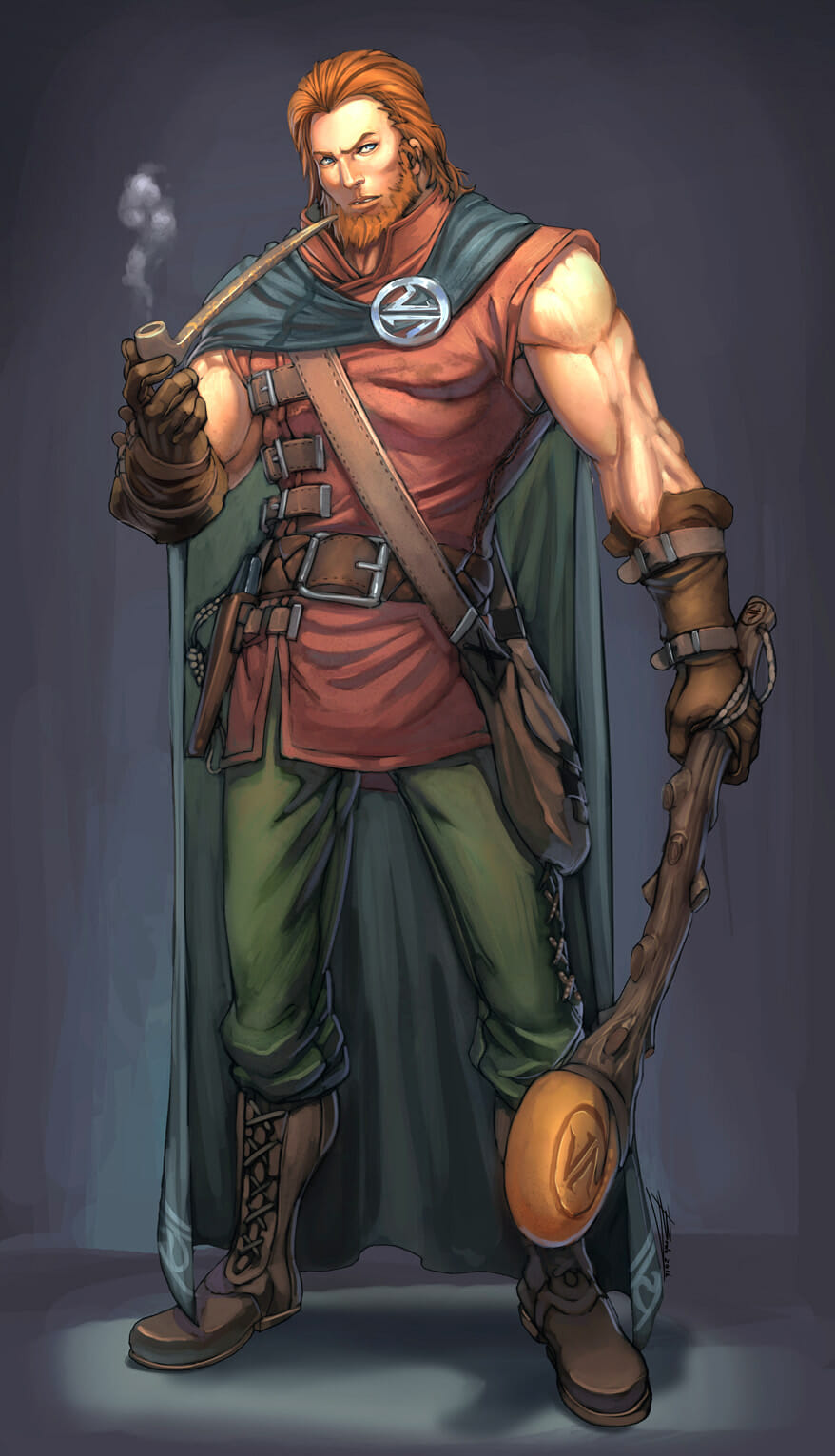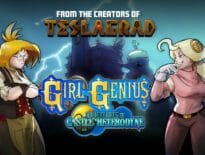If you’re new to DnD 5e or playing with someone who is, making a character can seem overwhelming.
The existing order of the character creation steps may be fine for experienced players but front-loads many decisions whose consequences will need to be explained in detail to new players, potentially resulting in the need to rework characters if the player didn’t fully understand the choice they made.
The order of operations presented below is intended to alleviate this problem. The steps have been rearranged to put the more-intuitive, easier-to-change decisions closer to the beginning of the process. There is also a brief explanation of some of the components of each step.
Note that this guide is intended to be used in conjunction with a Player’s Handbook, not in lieu of it, and provides the corresponding page number where possible.
Backgrounds (p. 125): Character background is the easiest to grasp because it has few mechanical implications and a clear, real-world parallel. A single choice results in two skills, maybe a language and proficiencies, and a minor ability, all of which are fairly easy to understand.
- Skill/Tool Proficiencies: The character has a basic understanding of how to perform the listed skills (p. 175) or use the listed tools (p. 155).
- Language (p. 123): The character knows how to read and write additional languages, whether listed in the Player’s Handbook or in another source.
- Equipment: Characters receive this equipment in addition to any they may get as part of their class.
- Suggested Characteristics: These optional tables can help flesh characters out, either by rolling on them or simply picking one of the results.
Ideals/Bonds/Flaws (p. 124): These are more intuitive than the Background choices, as they have no mechanical consequences, but players may have difficulty building up a character around them. They are much more useful for fleshing out an existing idea. They also help provide roleplaying opportunities during the game.
- Ideal: What concept or goal guides the character’s life?
- Bond: Who is a person or place the character would go out of their way for?
- Flaw: What trait of the characters would cause them to abandon their obligations or betray someone important to them?
Alignment (p. 122): While this choice appears even simpler than the one in backgrounds and new players should be able to understand the concepts intellectually, Alignment is too broad a concept to make a good starting point for developing a character idea. Even for advanced players, Alignment is almost always attached to some other idea in the initial stages of character creation. Rarely do players start with simply wanting to play a lawful neutral character.
Law/Chaos Axis: A character’s tendency to act in accordance with laws vs. their own notion of what is best in a given situation
Good/Evil Axis: A character’s tendency to perform good vs. evil actions in a given situation

Race (p.17): New players may have a casual familiarity with some of the races, and can get a sense of them from the artwork, but this is where players familiar with the rules will need to begin investing more effort in explaining concepts in detail, as races introduce a variety of mechanics and effects. Changing a character’s race also requires more physical erasing than the previous choices.
Dwarves (p. 18): Squat and wide people known for strong constitutions and knowledge of stonework
Elves (p. 21): Long-lived beings with enhanced sight and magical resistance gifted to them by fey ancestors
Halflings (p.26): Diminutive people known for both their bravery and luck
Humans (p. 29): Consummate generalists capable of fulfilling any role
Dragonborn (p.32): Strong, fire-breathing half-dragon/half-human people
Gnomes (p. 33): Diminutive, cunning people particularly resistant to magic charms
Half-Elves (p. 38): The charismatic result of the union between an elf and a human with a tendency to wander and a penchant for diplomacy
Half-Orcs (p. 40): Strong, enduring people capable of shrugging off grievous blows
Tieflings (p. 42): Humanoids with demonic ancestry that gives them infernal powers and devilish charisma

Class: The bulk of the explanation time will be spent dealing with character classes. They are numerous and each integrate multiple mechanics. Hopefully, by this point the player will have an idea of the character they want to play and can eliminate several choices without reviewing them in detail.
Barbarian (p. 46): A warrior who relies on their natural abilities and the power of their rage
Bard (p. 51): Traveling performers whose art is imbued with magical power
Cleric (p. 56): A devotee to a god, pantheon, or ideal who wields divine magic
Druid (p. 64): A devotee to nature granted divine magic and the power to change shape
Fighter (p. 70): An expert warrior who augments their strength with special training or magical abilities
Monk (p. 76): A warrior with mystical powers as a result of their specialized monastic training
Paladin (p. 82): A warrior whose devotion to a cause grants them supernatural fighting abilities and divine magic
Ranger (p. 88): A hunter at home in the wild and able to call upon magic to supplement their sword or bow
Rogue (p. 94): A skulker who tries to position themselves to strike where their enemies are weakest
Sorcerer (p. 98): An arcane spellcaster whose power derives from natural talent
Warlock (p. 104): An arcane spellcaster whose power derives from a pact with a powerful being
Wizard (p. 112): An arcane spellcaster whose power derives from years of study and research
Ability Scores: By the time we reach ability scores, players should have some understanding of their character’s role in the party. This, combined with their skills and class features, eliminate many of the mechanically poor choices associated with Ability Score placement. Someone playing a Wizard should understand that they will be relying on Intelligence more than Strength by this point, for example.
Equipment (p. 143): Characters can purchase equipment using their starting gold or select equipment based on their class. This is at the end because multiple players can likely use one book to select equipment. Players may also want to discuss their equipment choices to ensure there are no gaps in their supplies.
About the author
Chip Grabowski has been a professional writer six years and has been playing RPGs, from DnD to Legend of the Five Rings, since age twelve. In addition to developing content for his own games, he writes about developing plot, setting, and character in Cultivating Wonder on Medium and has contributed adventures and settings to Mystical Throne Entertainment. You can see some of his professional work at www.lawrencegrabowski.com.
Creative Commons credit: Simon Fraser commission by Brolo, Kenku illusionist Theme Finland by and Warforged by OhHeyItsKaylaK.


